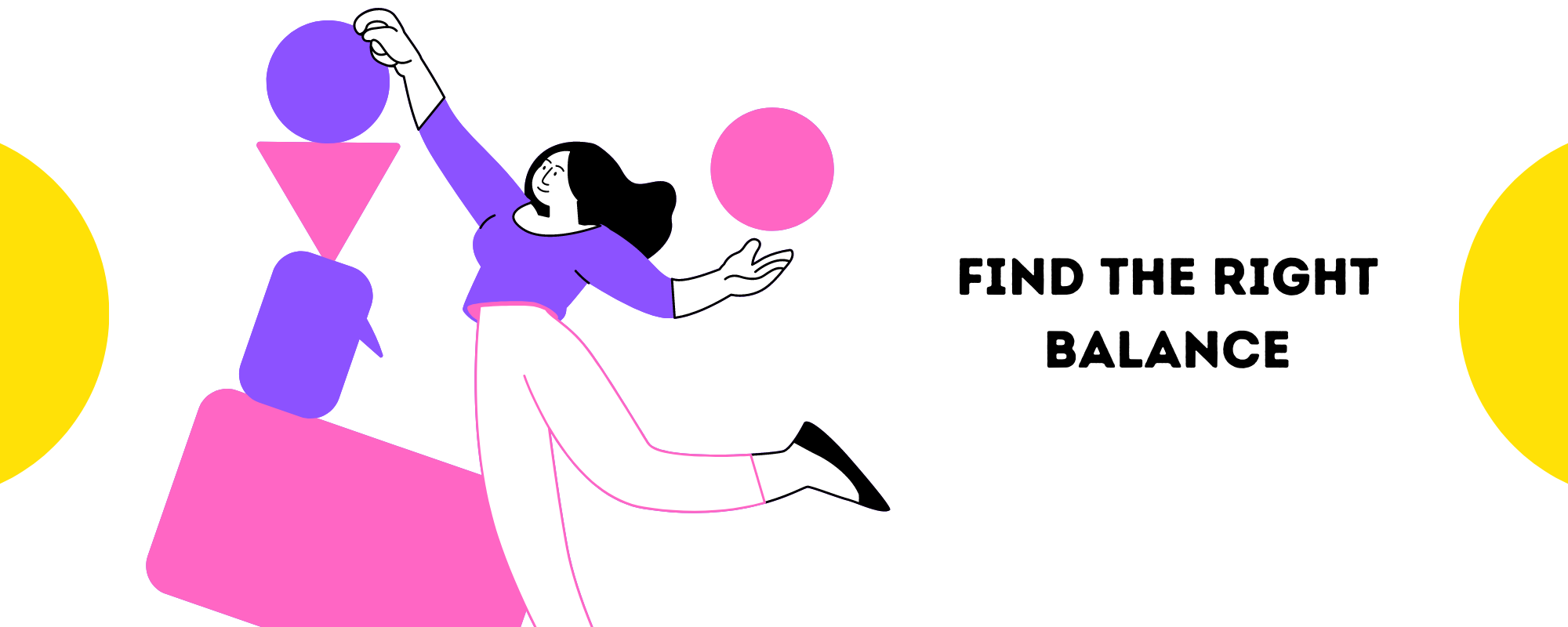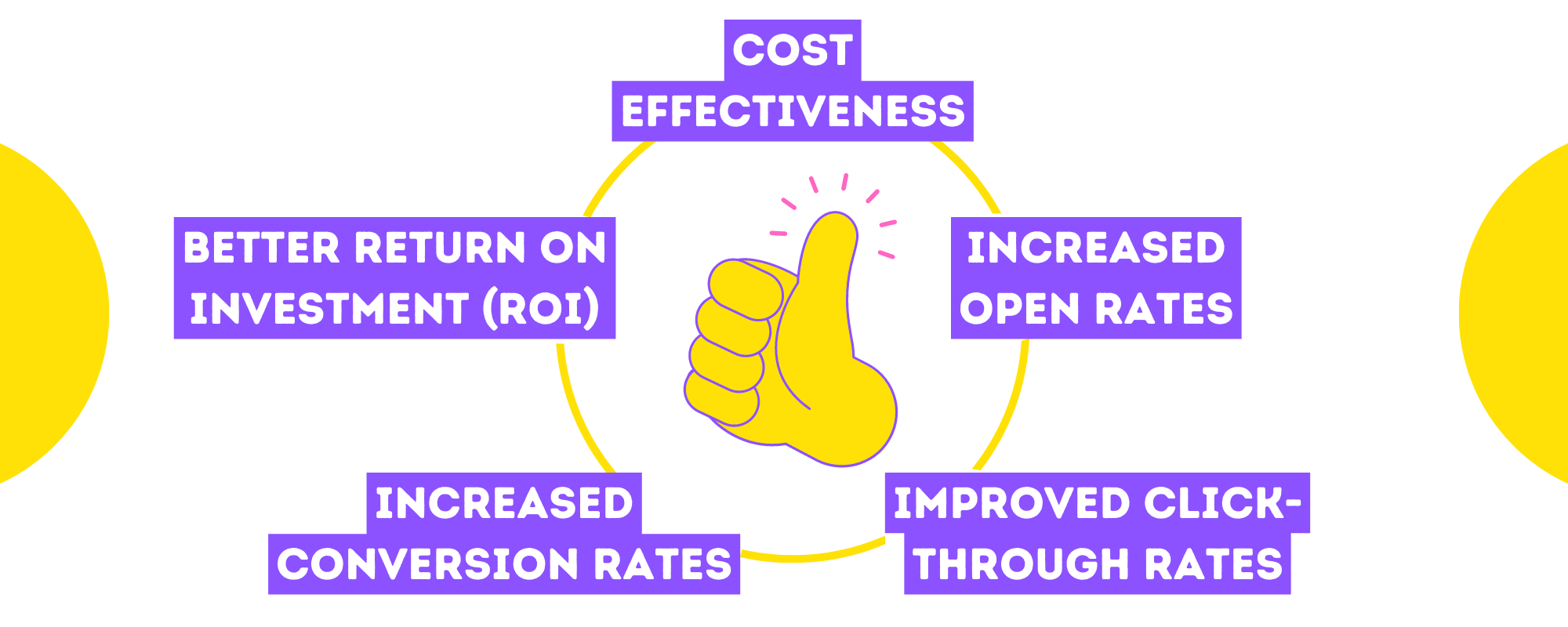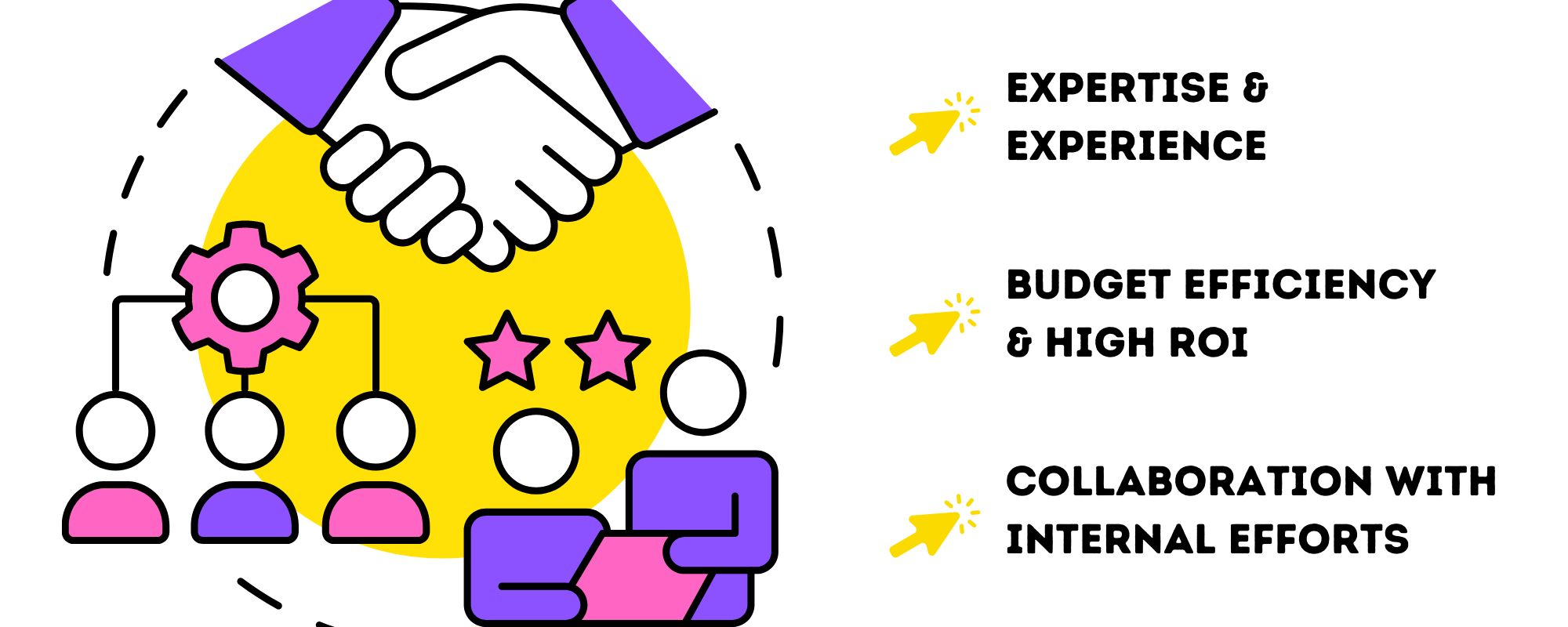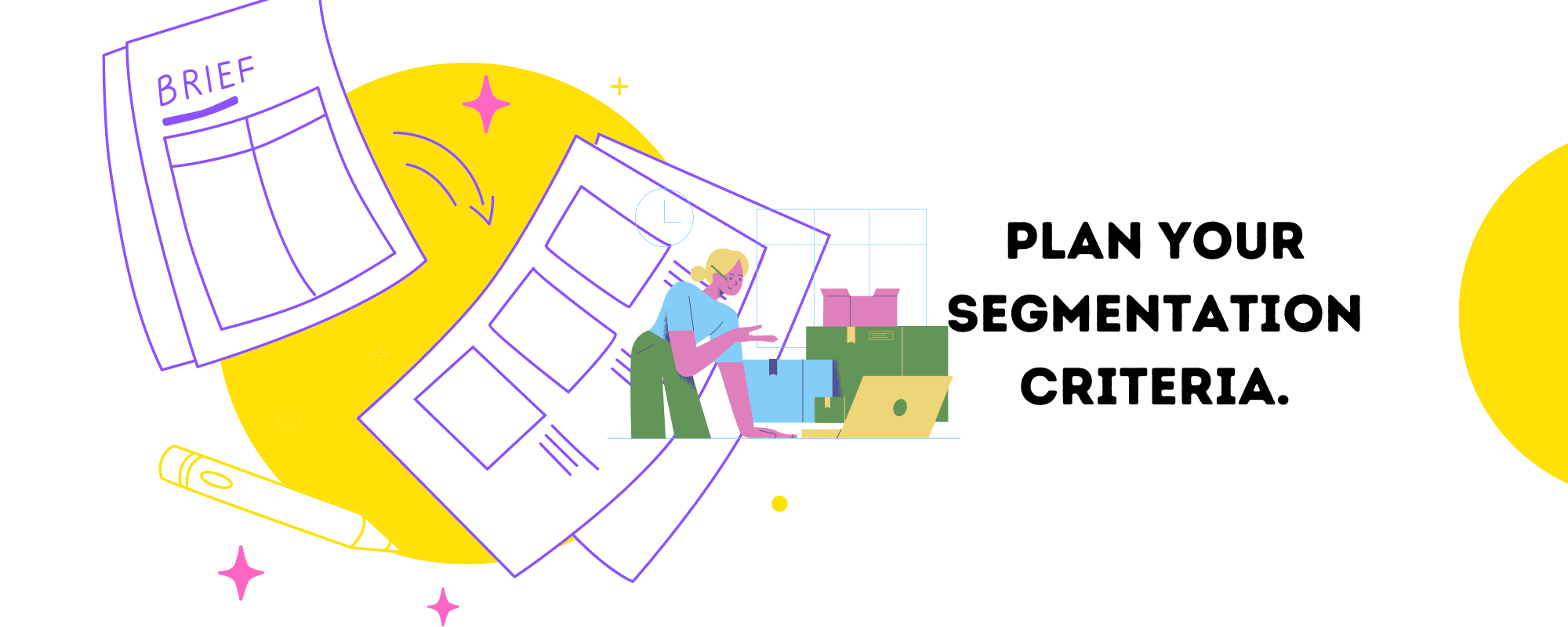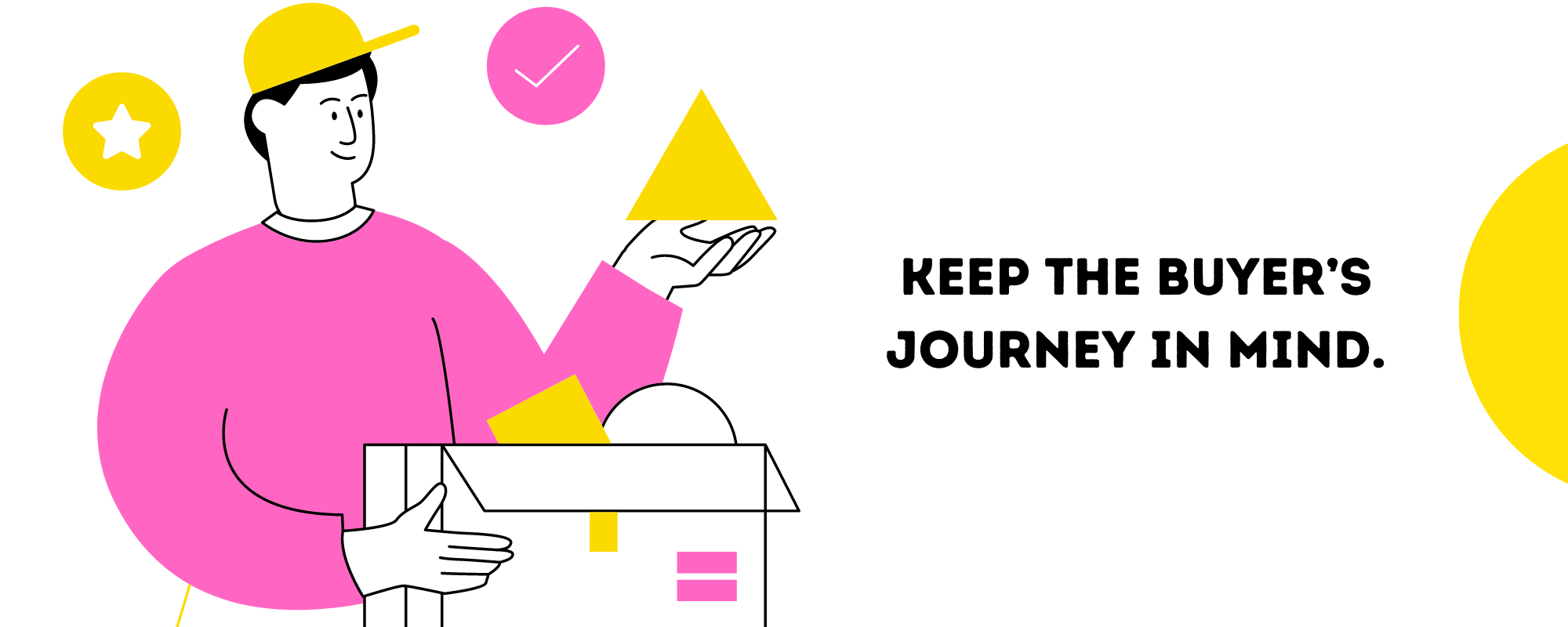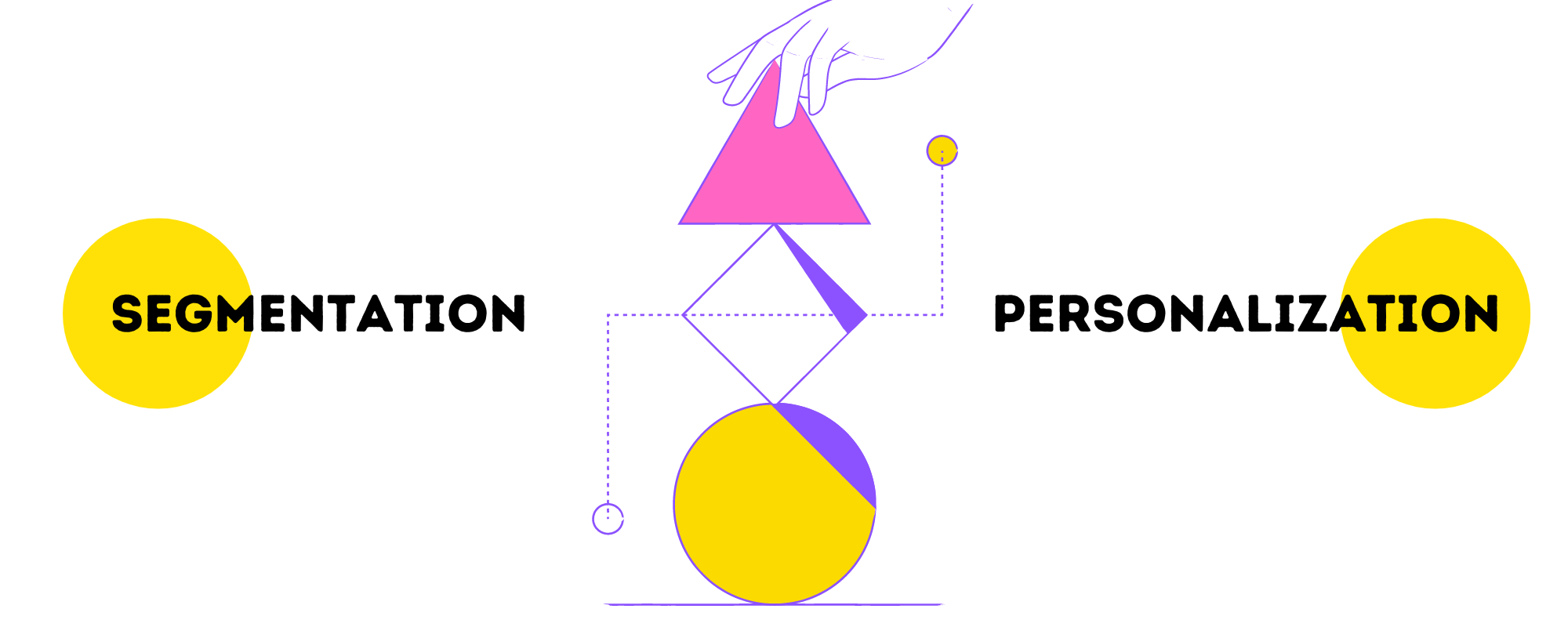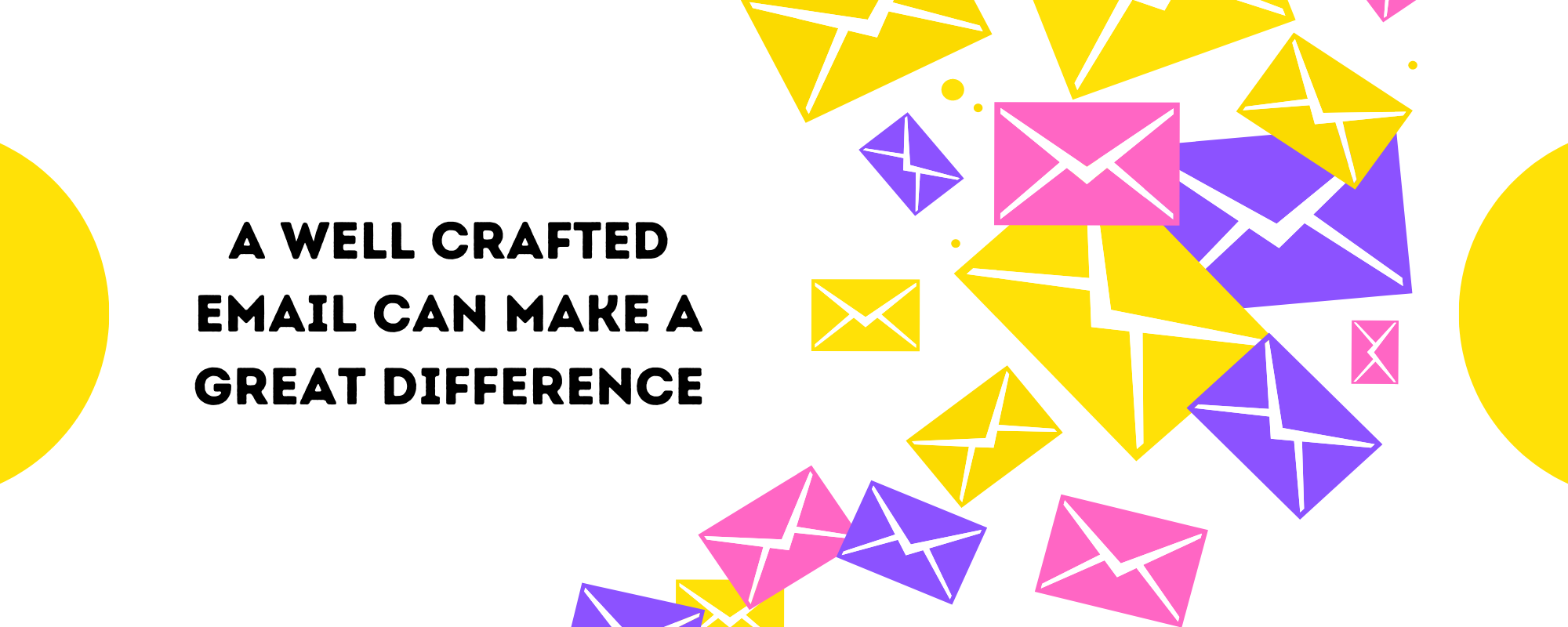
Email Segmentation and Personalization: Finding the Right Balance
CATEGORIES
Tags
24/7 analytics australia automation Business Process Outsourcing company Copywriting CRM customer support data data and analytics Delegate digital digital advertising digital marketing Digital Support Staff ecommerce Email Management Email Marketing Entrepreneur Freelance Writers google ads graphic design Hiring Freelancers Marketing offshore offshoring ominchannel support organizer outsource Outsourcing Philippines Project management reporting seo seo audit Shopify Small Business social media Social media experts social media management United States video Virtual Assistant Virtual Team
Every company goes above and beyond to personalize and tailor its email campaigns. And for good reason—personalization in email is profitable.
One of the most obvious advantages of personalisation in marketing is that it makes emails more likely to be opened and gives recipients a much cozier, inviting experience, not to mention a positive impression of your brand.
Instead of sending generic emails to everyone, segmentation divides your list into smaller groups based on criteria like preferences or behaviors. This way, you can create targeted and engaging campaigns.
Personalization takes it a step further, making emails feel like a friendly chat. You use data about your subscribers to add a personal touch, such as using their name or recommending products based on their past interactions.
It’s all about creating a conversational tone that feels natural and relatable, just like talking to a friend.
Remember, respect privacy and find the right balance. The goal is to build stronger relationships by delivering relevant content in a friendly and engaging way.
Finding the Right Balance in Email Segmentation and Personalization
The use of email segmentation inside your campaigns is the first step in striking that balance, but it also incorporates a number of other aspects as well.
Segmentation enhances relevance and personalization in emails. Segmenting your email list is indispensable in creating content that resonates with each group. When your emails address their specific needs and interests, they become more engaged and receptive to your message.
This is how segmentation improves open rates and click-through rates. Delivering content that speaks directly to their needs and desires increases the chances of capturing their attention. But it’s personalization that drives them to take action: when they feel seen and spoken to.
So segmentation and personalization are two sides of the same coin.
Benefits of personalization
- Cost-Effectiveness
Personalized emails offer a cost-effective solution for reaching your audience. Instead of investing in broad, generic email campaigns, personalization allows you to target specific segments with tailored content.This focused approach helps maximize the impact of your email marketing efforts while optimizing your budget. - Increased Open Rates
When recipients see their name or receive content that directly relates to their interests, they’re more likely to open the email. They can’t resist it.Personalization grabs their attention and makes them curious to explore what you have to offer. - Improved Click-Through Rates
Personalized emails tend to generate higher click-through rates. Your audiences are more inclined to click on your call-to-action. It’s offering you something they’ve been waiting for—they’re eager to take that next step.You drive more traffic to your website or landing page, increasing the likelihood of conversions. - Increased Conversion Rates
Personalization has a direct impact on conversion rates. When you customize your emails to meet the specific needs and interests of your recipients, you create a stronger connection.When you speak directly to their desires—they’re more likely to respond positively. You increase the chances of converting email recipients into customers or taking the desired action. - Better Return on Investment (ROI)
Personalized emails deliver a higher return on investment. When you combine cost-effectiveness, increased open rates, improved click-through rates, and higher conversion rates, it all adds up to a more successful email marketing campaign. You get the most out of your efforts and resources.
How to apply and maximize the benefits of segmentation and personalization
Consider outsourcing your email marketing.
At USource, for example, we handle everything from lead generation to build the email lists, to managing the segmentation and creating targeted content.
Plan your segmentation criteria.
For example, you plan to sell one-on-one consulting and an ebook. Each of these two offers have two separate segments. That can help you and your email marketing team strategize for the opt-ins, email drips, and offers to funnel your leads effectively into those two segments.
Get creative with offers to gather as much data as you can.
You can’t ask for a lot of information when they sign up for your emails or lead magnets. The most you ask are their email addresses. That’s it. Sometimes it’s even off-putting when the sign up form has more than two fields to fill. You’re stuck with their name and their email address.
So get creative about what you offer. You can gather insights through what they download and what they engage with, including joining your contests in exchange for specific prizes.
Keep the buyer’s journey in mind.
The buyer’s journey will help you and your team further personalize every email. And it’s also another way to segment your audiences. This group is still in the awareness stage. That group is ready to make a decision. The two segments should receive valuable emails that match their place in your funnel.
If you send an awareness message to a lead who’s ready to buy, you risk losing them.
How to balance segmentation and personalization
Segmentation means you have data about the people in these segments. Now it’s a matter of using those insights to deliver valuable content and offers, without turning off your leads by being pushy or intrusive.
-
- Avoid excessive personalization that may appear intrusive or creepy.Personalization is powerful, but it’s important to find the right balance. Just like you respect your friends’ boundaries in conversations, you want to avoid crossing the line with overly intrusive or creepy personalization.Use customer data and preferences wisely, focusing on relevant information that enhances the user experience without making recipients uncomfortable.
- Maintain consistency in messaging and branding across segments.While you want to personalize your emails for different segments, it’s essential to maintain consistency in your messaging and branding. It’s having a consistent tone and style of conversation with your audiences.
Ensure that your core message and brand identity remain intact across all segments. This helps build trust and familiarity, no matter which segment your recipients belong to. - Continuously monitor and analyze customer feedback and behavior.Keep a close eye on email engagement metrics, such as open rates, click-through rates, and conversions. Analyze customer feedback and adapt your segmentation and personalization strategies based on the insights you gain.
This ensures that you’re staying aligned with your audience’s preferences and evolving needs.
Conclusion
Segmenting and personalizing client emails can help strike the perfect balance in delivering the best possible customer experience. When segmenting your email list, follow the aforementioned ideas as a guide.
Make improvements to your parts if you want them to continue to be successful. Successful email marketing campaigns take time to develop. You must continuously collect data and gauge your recipients’ reactions. Adapt your segmentation based on the findings.
Your client happiness will increase as you segment your market more effectively.
Ready to strike the perfect balance in your email marketing? Start segmenting and personalizing your client emails today to deliver the best possible customer experience.



